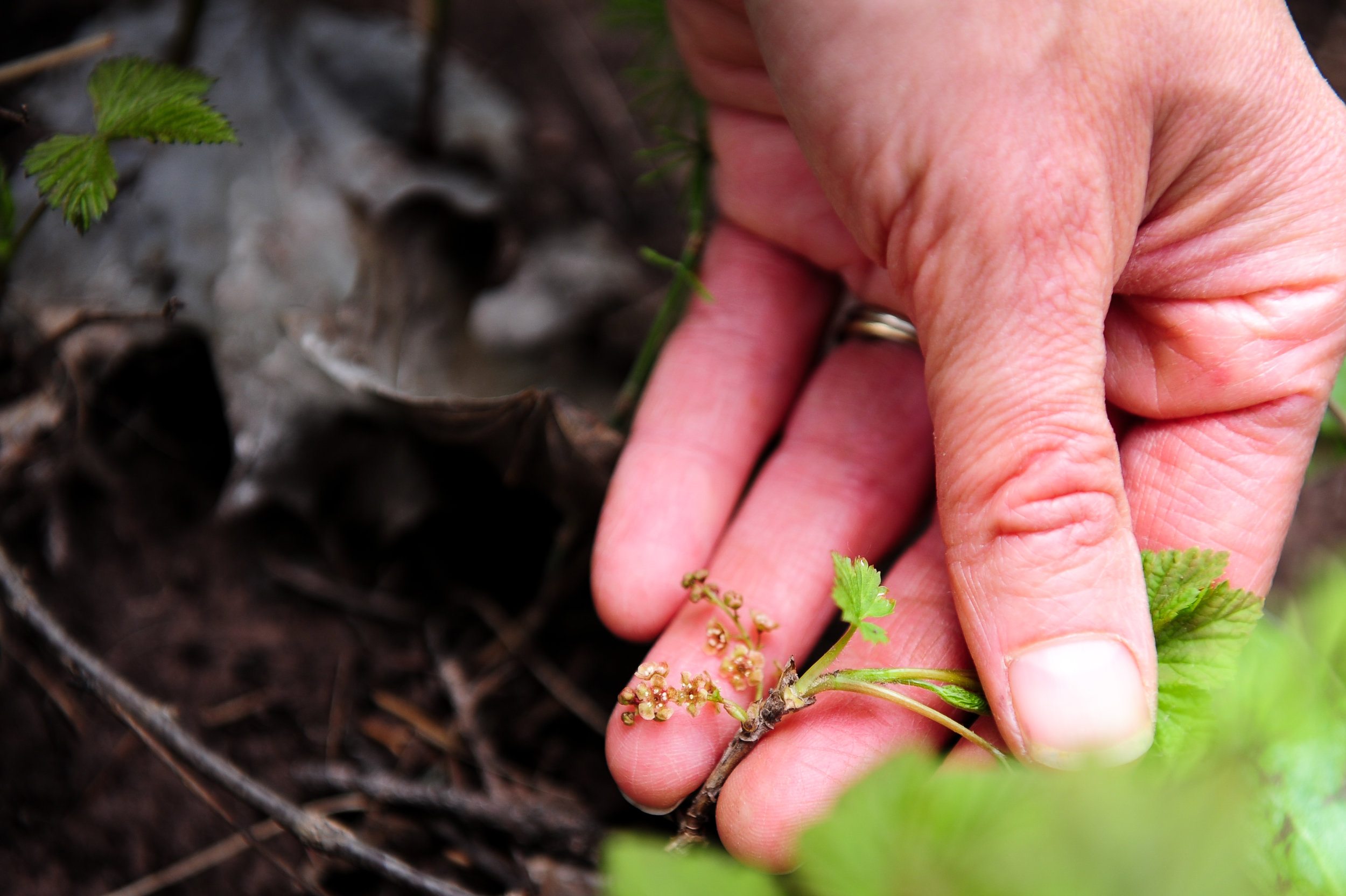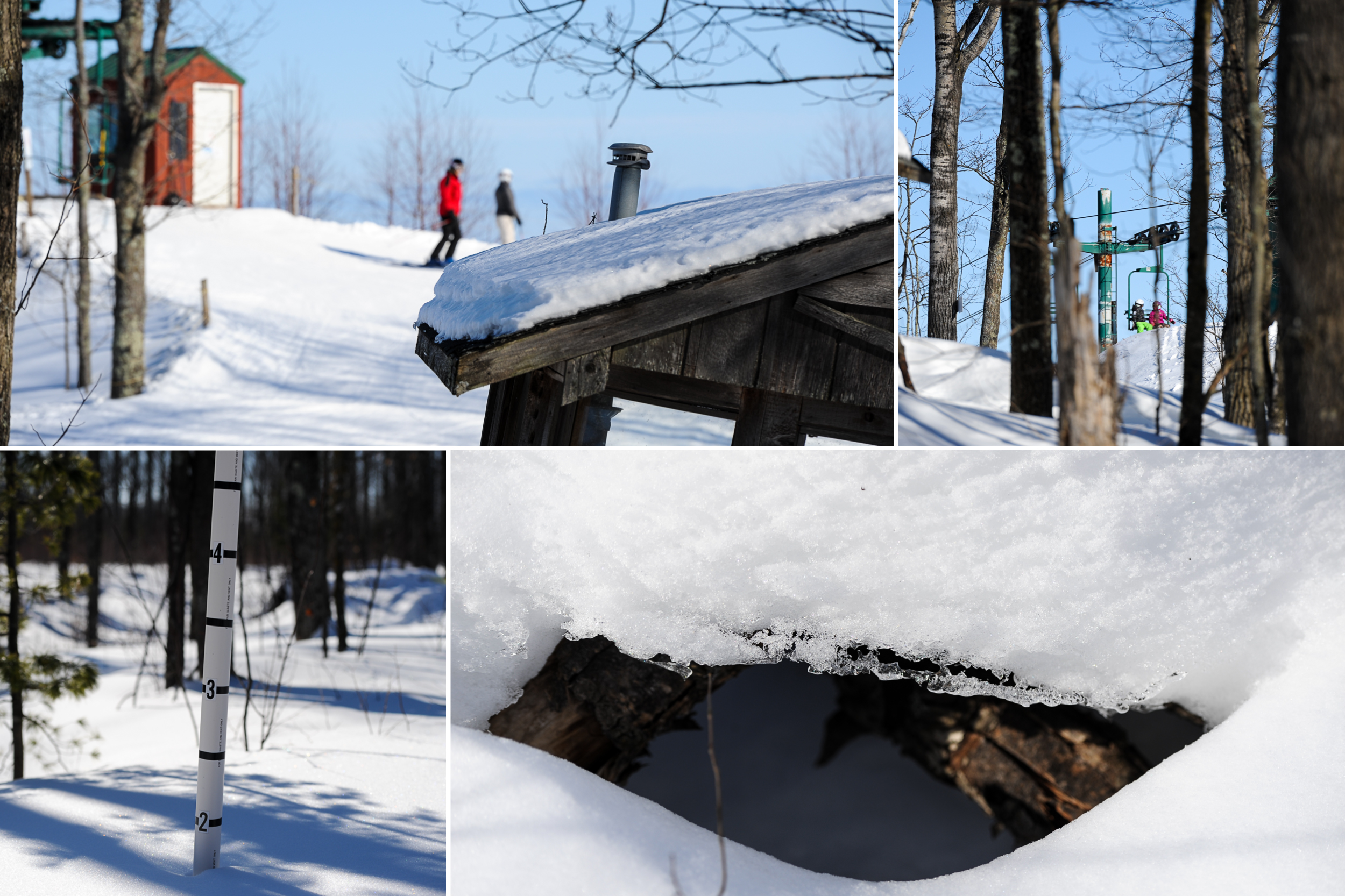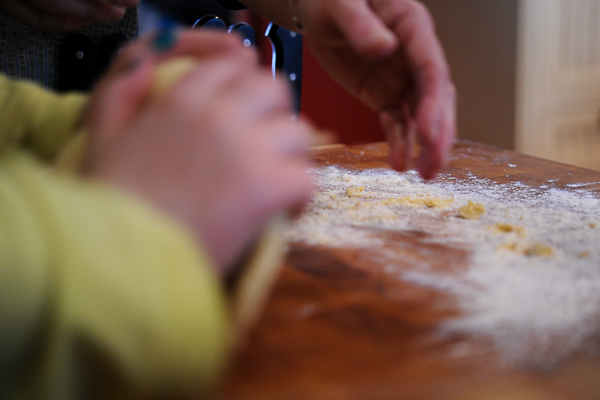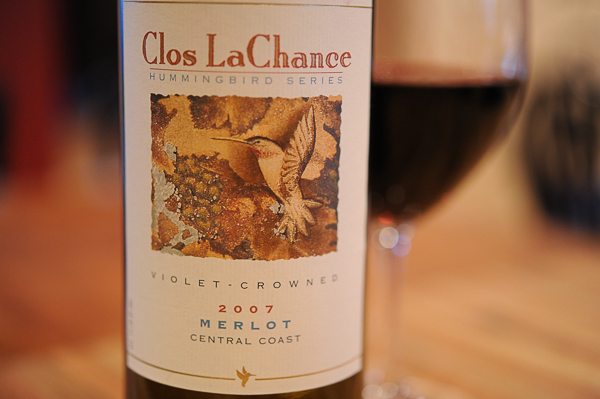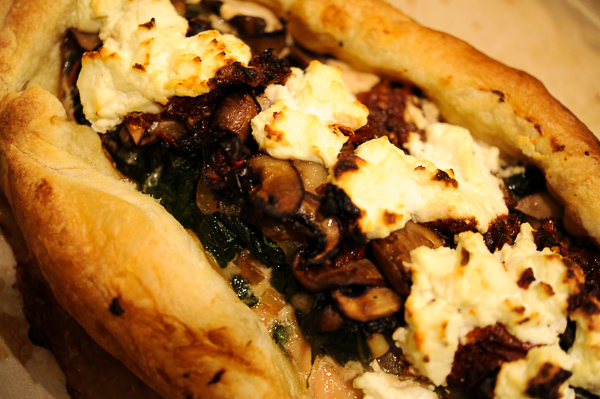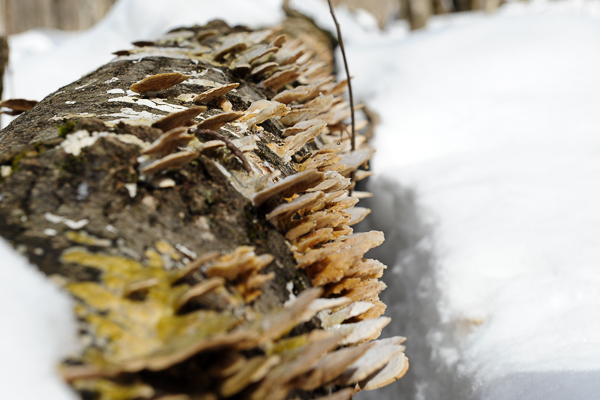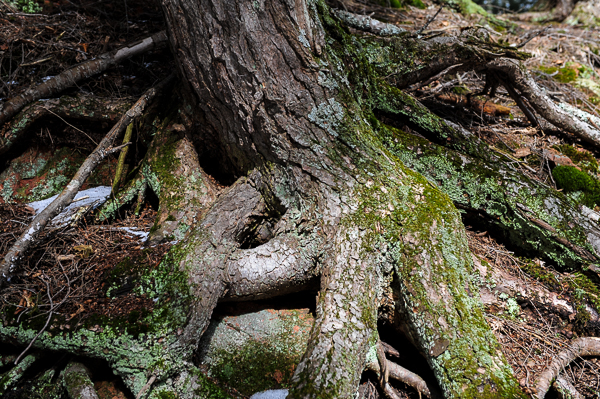Last year my friend, Kathy, stopped at the house with a bundle of wild ramps (read about it here). That bundle of ramps seemed like a magical gift from the forest— a bit wildness in my kitchen waiting to feed us with its memories of spring water and emerging life. This year, I wanted to find my own secret patch but had no idea where to start. Foraging would not make the list of the top 100 skills Mary Dougherty possesses but I was eager to learn. As usual, I had everything I needed right in front of me.
Ellen and her husband, Eric, own Blue Vista Farm (read about our blueberry picking adventure here) and not only is she a maven of healing plants, she one of my dearest friends. She just completed her Earth Medicine Apprenticeship and when she graciously agreed to share her spot with me, I knew it was going to be good. We hiked into the woods, over a log and into a field of ramps that blew my mind— it was a patch of spring green leaves with an aroma of wet forest floor and wild onions.
Ellen found some wild currant plants on our way through the forest. It was enlightening to spend a couple of hours with her. She has a strong connection to nature and it was fun to learn a little about the plants I see everyday. We're doing a cooking class on July 12, Gathering for the Table: Celebrating the Sacred in our Food, at Blue Vista Farm. I can't wait to cook freshly foraged greens and have dinner in her garden, overlooking the Lake. It's going to be an amazing night.
Ellen's patch of ramps was epic— they were everywhere I looked. Ramps grow slowly and are sensitive to over harvesting. A good rule of thumb is a ratio of 1 to 20 (harvest one and leave 20).
We found this Robin's egg on our way back to the car— a good omen for the new beginnings we are blessed with every spring.
Why ham salad, you ask? There are two reasons— I love ham salad (made with Hellman's) and ramps are the perfect substitute for green onions. My Mom used to make ham salad, with a manual meat grinder that she clamped on the counter, after Easter every year. I can't say it was one of my favorite foods growing up but like blue cheese and pâté, it grew on me as I grew up. I made a sandwich yesterday with lettuce, tomato and ham salad that rocked (an HSLT sandwich) but it's really good spread on Ritz crackers as well.
Ham Salad With Ramps
1 pound ham, cubed
3 tbsp. capers, chopped
8 pickled jalapeno, chopped
4 tbsp. ramp leaves, finely chopped
1/4 cup ramps (white and light pinks parts), chopped
1/8 cup red onion, chopped
1/2 cup Hellman's mayonnaise
2 tbsp. Dijon mustard
Kosher salt and pepper, to taste
Preparation
Place ham in a food processor and pulse until roughly chopped. Transfer to a large bowl, add all other ingredients and stir to combine thoroughly. Taste for salt and pepper and chill for at least 2 hours. Keeps for about a week, covered, in the refrigerator.







